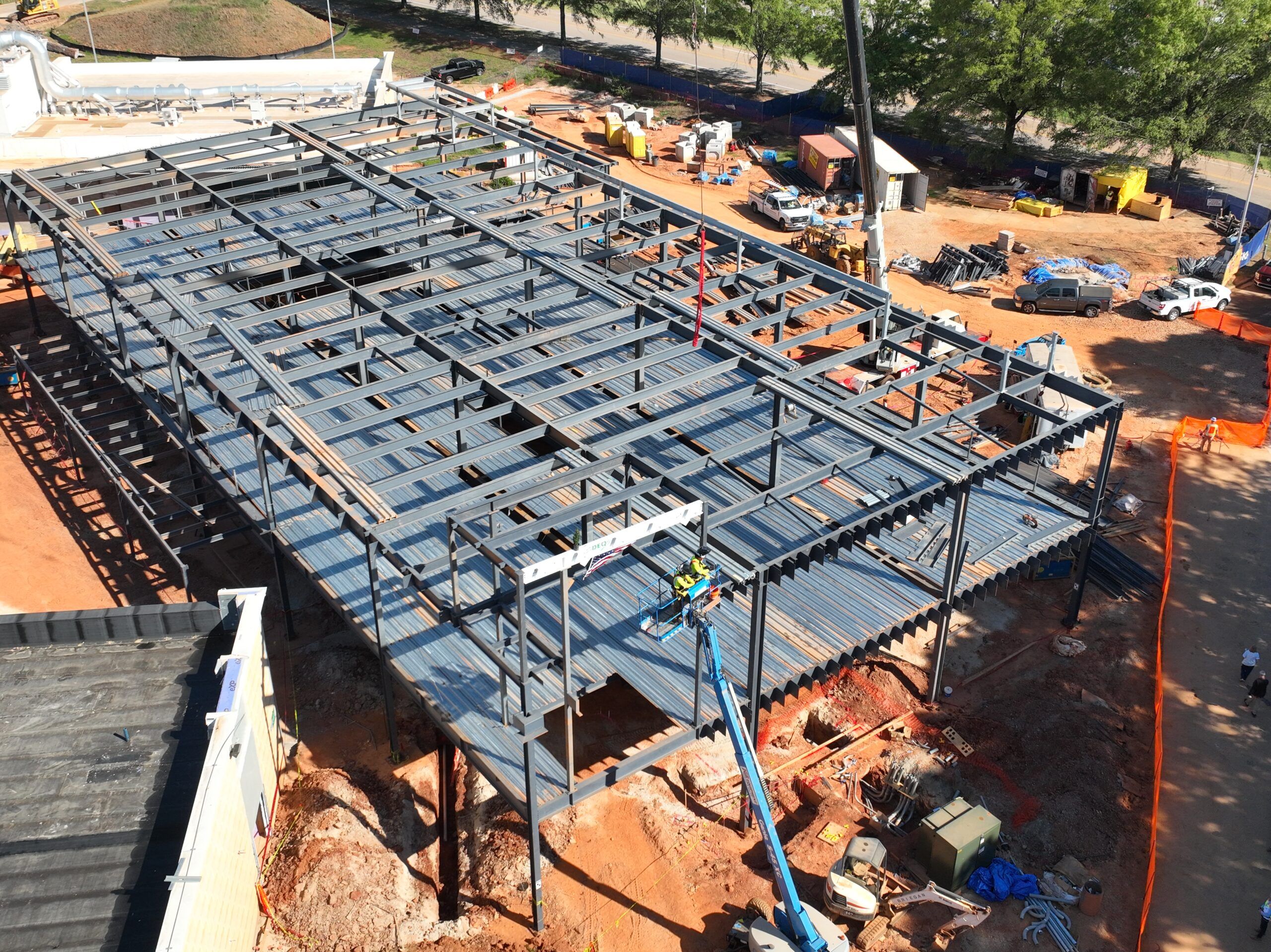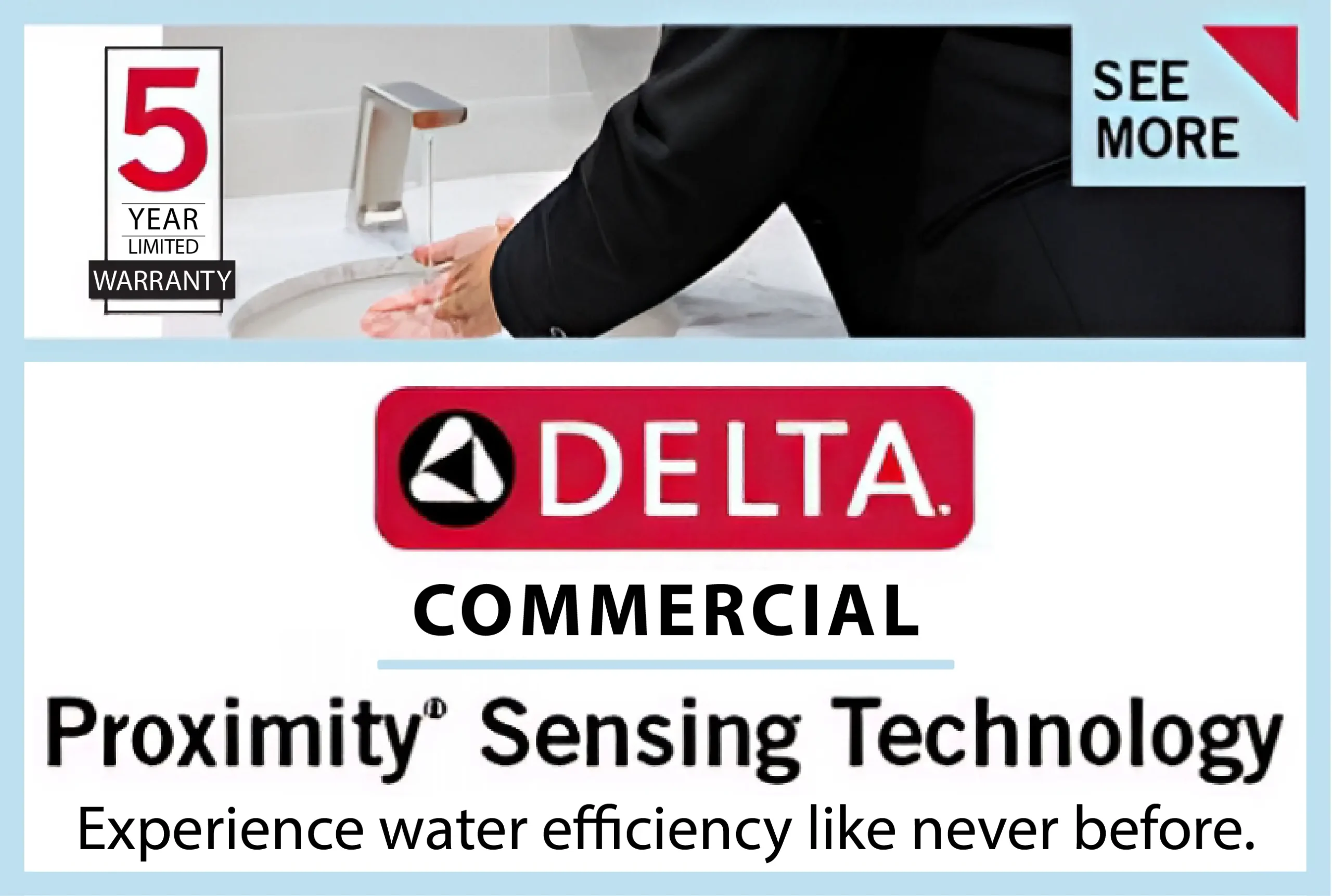Securing Your Business with Next-Generation Perimeter Protection
Your commercial property’s first line of defense deserves more than just chain-link and padlocks.
Smart security fencing has revolutionized how businesses protect their assets, combining robust barriers with cutting-edge technology that’s as intelligent as it is strong.
According to FBI data, with 6.4 million property crimes reported in the United States in 2023, commercial properties need more effective protection than ever. Smart security fencing provides significantly improved deterrence and faster response capabilities compared to traditional options.
But the benefits extend beyond security metrics—today’s solutions blend seamlessly into architectural designs while providing peace of mind.
The Evolution of Commercial Security Fencing
Remember when commercial security meant nothing more than a tall fence topped with barbed wire? Those days are firmly behind us.
Traditional fencing offered basic deterrence but left significant vulnerabilities that sophisticated intruders could easily exploit.
Manual locks, limited monitoring, and reactive security measures created a false sense of security for many business owners.
We’ve witnessed a remarkable transformation in recent years. The market has shifted dramatically toward intelligent, integrated systems.
This shift reflects growing awareness among property owners that traditional security measures leave critical gaps. JBR Fences, specialists in commercial fencing in Pittsburgh,
has observed this transformation firsthand. Their security experts note that businesses increasingly prioritize integrated solutions that combine physical deterrence with digital monitoring capabilities.
This approach creates multiple layers of protection that work together seamlessly, addressing vulnerabilities that standalone systems often miss.
Core Components of Smart Security Fencing Systems
Physical Barrier Elements
Modern security fencing starts with advanced materials that outperform traditional options. High-tensile steel alloys and reinforced composites provide superior strength with minimal maintenance.
Many leading systems incorporate anti-cut technology that triggers alerts upon tampering, while anti-climb designs use specialized geometries that make scaling nearly impossible.
The right combination of height, material, and installation depth makes the difference between a system that merely looks imposing and one that genuinely deters professional intruders.
Smart Technology Integration
Today’s security fencing isn’t just about physical barriers—it’s about creating an intelligent perimeter that thinks for itself.
Automated Access Control Systems
Gone are the days of fumbling with keys or maintaining cumbersome access logs. Modern systems offer seamless entry through smartphone-based access, advanced keypads with time-restricted codes, and biometric options for high-security applications.
What makes these systems truly “smart” is their ability to learn normal access patterns, flagging unusual entry attempts even when correct credentials are used.
Surveillance and Monitoring Solutions
Smart fencing achieves its potential when integrated with comprehensive surveillance. HD cameras with night vision positioned along fence lines provide real-time monitoring with cloud storage and instant access from anywhere.
AI-powered analytics distinguish between legitimate threats and false alarms, becoming more accurate over time as they learn your property’s normal patterns.
Sensor and Alert Systems
Modern sensors create a virtual shield around your property with fiber optic and vibration detection embedded directly in fence material. Advanced infrared and LiDAR motion detection functions accurately in all weather conditions.
Professional-grade systems excel through calibration precision—the ability to detect actual threats while minimizing false alarms that lead to “alert fatigue.”
Benefits of Smart Security Fencing for Commercial Properties
Enhanced Security and Protection
The primary function of any security system is deterrence, and smart fencing excels by creating multiple barriers to entry.
When potential intruders encounter sophisticated access controls and obvious surveillance, they typically seek easier targets.
Early detection systems identify breach attempts in their earliest stages, reducing incident response from minutes to seconds—a critical difference when protecting valuable assets.
Operational Efficiency
Smart fencing systems streamline daily operations in ways traditional security cannot match.
Remote management allows monitoring multiple properties simultaneously, while automated entry eliminates bottlenecks during shift changes.
These systems free security personnel from routine access management, allowing focus on complex challenges requiring human judgment.
Return on Investment
Smart security fencing represents a significant initial investment, but the long-term economics heavily favor intelligent systems.
Most clients report substantial reductions in security incidents within the first year, with corresponding decreases in theft-related losses.
Many insurance providers now offer premium discounts for properties with integrated smart security, recognizing their effectiveness in risk reduction.
Aesthetic and Practical Considerations
Modern smart fencing offers architectural flexibility impossible with traditional barriers.
Custom finishes, architectural integrations, and even “green fence” options combine robust security with attractive design.
These systems offer practical advantages including weather resistance, minimal maintenance, and scalability to accommodate property changes.
Industry-Specific Smart Fencing Applications
Retail and Commercial Centers
Retail properties balance inviting customer environments with asset protection needs.
Smart fencing for retail emphasizes pedestrian access control while maintaining strong perimeter security for loading areas.
A national retail chain recently implemented perimeter security with integrated AI-powered cameras, reducing after-hours incidents by 58% while maintaining their welcoming aesthetic.
Industrial Facilities and Warehouses
For manufacturing and distribution centers, inventory protection drives security requirements.
High-security applications incorporate reinforced vehicle barriers with automated authentication systems that streamline legitimate deliveries.
Modern warehouse security benefits from zoned access that restricts personnel to specific areas based on authorization level.
Office Complexes and Corporate Campuses
Corporate environments require security that protects assets without creating fortress-like atmosphere, contradicting company culture.
Smart fencing for these applications emphasizes elegant designs with hidden security features and sophisticated visitor management.
Effective corporate security creates layered protections, with gradually increasing security from public-facing areas to sensitive internal zones.
Financial Institutions
Banks and financial services represent high-value targets requiring exceptional security measures.
These implementations feature the highest levels of access authentication with multi-factor verification and constant surveillance.
Modern financial institution security emphasizes system redundancy and failure protections, ensuring continuous operation even during power disruptions.
Educational and Childcare Facilities
Educational environments demand careful balance, addressing child safety without creating intimidating surroundings.
Smart fencing for schools typically incorporates specialized parent authentication systems and time-controlled access points.
Many leading systems include emergency protocols that can instantly lock down or open specific areas depending on the security event.
Implementation Guide for Smart Security Fencing
Assessment and Planning
Before selecting specific technology, conduct a comprehensive security assessment considering threat vectors, existing infrastructure, budget constraints, and local regulations.
The most successful implementations begin with a formal threat assessment conducted by security professionals who understand both physical and digital vulnerabilities.
Choosing the Right System
Selection criteria should include scalability for future expansion, compatibility with existing systems, vendor reliability, and power requirements with backup options.
Remember that the lowest bid rarely represents the best value in security infrastructure—prioritize proven performance when evaluating options.
Installation and Maintenance
Professional installation is non-negotiable for enterprise-grade security systems. Expert installers ensure proper anchoring, tamper-proof connections, and correct calibration.
Even robust systems require regular maintenance including quarterly physical inspections, software updates, and sensor recalibration to maintain detection accuracy.
Emerging Trends in Smart Security Fencing
IoT and Connected Security
The Internet of Things has transformed security by enabling seamless communication between previously isolated systems.
Today’s implementations create unified environments where fencing, building access, and surveillance operate as a single integrated system.
Sustainable Security Options
Modern systems increasingly incorporate solar-powered components, energy-efficient lighting triggered by motion detection, and recyclable materials.
These green security options often qualify for energy efficiency incentives that offset implementation costs.
AI and Advanced Connectivity
Artificial intelligence has transformed threat detection, distinguishing between routine movements and genuine threats while continuously improving through machine learning.
The rollout of 5G networks promises near-zero latency for real-time monitoring, bandwidth for higher-resolution video, and reliable connections for remote management.
Securing Your Future
As security threats evolve, static defense measures no longer provide adequate protection.
Smart security fencing represents the convergence of physical and digital security, creating intelligent perimeters that detect, deter, and defend.
The most successful security implementations don’t just react to threats—they anticipate tomorrow’s challenges.
By investing in flexible, upgradable smart security infrastructure, you’re not just protecting today’s assets—you’re future-proofing your security posture for years to come.











